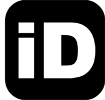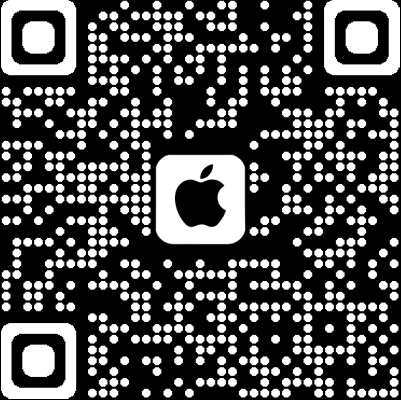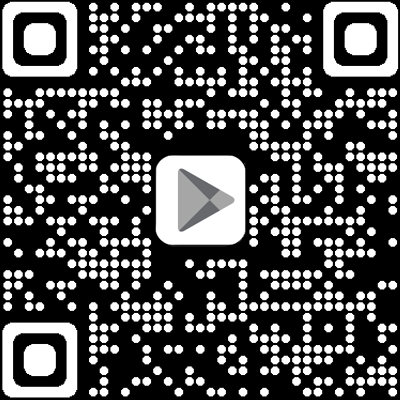
The Irish passport is an important document given to all the residents of Ireland by the government. If you want to travel with you baby abroad, a passport application should be filled out regardless of your infant’s age.
If you’re searching for information about the Irish passport photo requirements for your baby passport application, then you are in right place. Read on to find all the relevant information you should know
last update:3/23/2024
Where to take a passport photo of your baby in Ireland?
- Photo booth is a handy option for adults, however, it won’t be possible for children due to incorrect camera height and the lack of baby support for sitting and posture.
- Many professional photographers (not all) offer baby passport photos of average price 15€.
- You can use your own phone camera to take a photo from home and upload it in digital format online. To make sure that the passport photo will be accepted and is conform to the Ireland’s standards, you can use Smartphone iD app.
What are baby passport photo standards?
- The photograph should be taken within the last six months and cannot be older than that.
- The size of a photograph ought to be from 35mm x 45mm to 38mm x 50mm.
- The size of a face from jaw to crown ought to possess from 70% to 80% of the frame.
- The background of the photograph needs to be plain with colors like light grey, white, or cream in the background. The official requirements of the passport photo as stated by the government of Ireland allow you to take your infant’s photograph by laying them down on a plain white surface, like white bed sheet.
- The photograph can be either in black and white or in color, with a neutral expression on your infant’s face.
- The mouth should be shut and the eyes, wide open and quite well, noticeable.
- Unwanted objects and people other than the infant themselves are strictly prohibited. Pacifiers are also not allowed. The hands of the guardian holding the infant are not allowed in the photograph.
- The photograph should just show your infant’s head and shoulders.
Additional digital baby photo requirements in Ireland
- The photograph has to be in color.
- The file cannot be in any format other than JPEG. It cannot exceed 9MB.
- The size cannot be under 715 pixels wide and 951 pixels in height.
How to take a passport photo of your baby at home?
It is important to note that Ireland’s Passport Photo service are less strict with baby photos than they are with adult photos. This means that the head can be slightly moved to one side, lips can be slightly apart, but no tongue or teeth can be seen, and the eyes might not look directly in the camera.
How to take a photo of your baby?
Correctly positioning your baby might prove to be a bit difficult. But you should know that your baby does not need to pose perfectly. Their mouth can be slightly open and they do not need to gaze directly towards the camera. But, do make sure that your child is not crying or is angry. You can lay your child on a white cover/blanket, this will increase the possibility that the photo is accepted. You can also opt for a baby seat that has been covered with a white sheet.
Good lighting for baby passport photo
And when it comes to the lighting requirements, natural sunlight is the best source you will find. It does not change your skin complexion nor does it cast any solid shadows on your face or neck.
We have gathered the general points about baby passport photo standards in this tutorial :
Take a valid baby passport photo with Smartphone iD app

Smartphone iD your one-stop solution for valid photos at home. It’s an app available on Android and iPhone. Take unlimited shots to get a photo that you like, and once our software and team have approved it, receive it shortly in your email and/or within a few days – in your mailbox.
Our artificial intelligence and human control system guarantee 100% that your child’s photo will be accepted and conform to the mandatory ICAO standards and the standards of Ireland’s Passport service.
Summary
The easiest and cheapest way to get your baby’s passport photos is with the Smartphone iD app. The prices and value are the best around, and the app will take care of everything for you, from photo straightening and background removal to ensuring that the photos delivered back to you will get you wherever you need to go in the world.
FAQ
Do babies’ eyes need to be open for a passport photo?
No, babies under one-year-old do not need to have their eyes open for their passport photo. Their eyes can be closed or partially open.
Are babies allowed to smile in passport photos?
Yes, babies are allowed to smile in their passport photos. A natural smile is actually preferred, as it will help to create a more relaxed and natural-looking photo.
Can babies’ hands be in the passport photo?
No, babies’ hands should not be in the passport photo. The photo should only show the baby’s head and shoulders. If you need to support the baby’s head, you can do so with your hand, but your hand must not be visible in the photo.
Can I take my baby’s passport photo myself?
Yes, you can take your baby’s passport photo yourself, as long as you follow the official requirements and guidelines and use our easy-to-use app Smartphone iD.
How to print a baby passport photo?
If you take your baby’s passport photo yourself, you will need to print it on high-quality photographic paper. You cannot print the photo at home using a standard printer. You can take the photo to a photo printing shop, print the ready template at Boots, or use our online printing service to have them printed and delivered to your address within a few days.
How to dress baby for passport photo?
It is best to dress your baby in a plain, light-colored top for their passport photo. Avoid clothing with stripes, patterns, or logos, as these can be distracting. You should also avoid clothing with shadows or reflections.
How many photos do I need for a baby passport?
You will need two identical passport photos for your baby’s passport application.
Where to get baby passport photos near me?
There are many places where you can get baby passport photos taken. You can go to a photo booth, a professional photographer, or a passport photo service online like smartphone iD.




